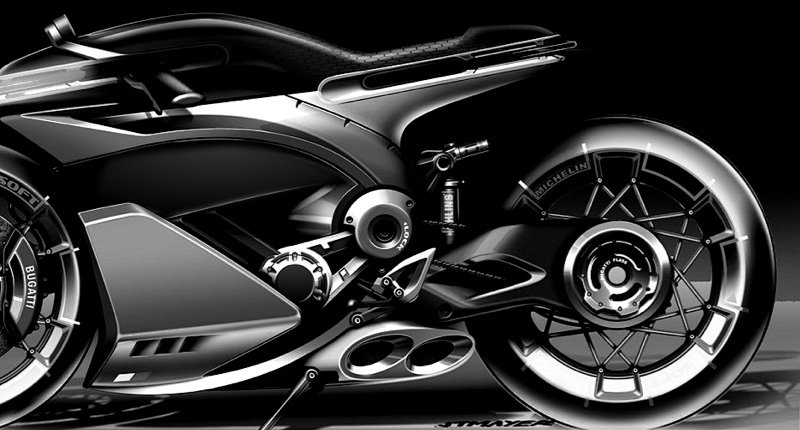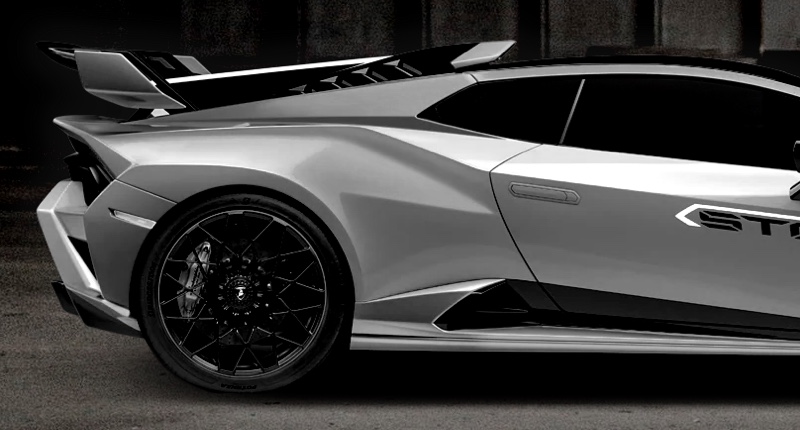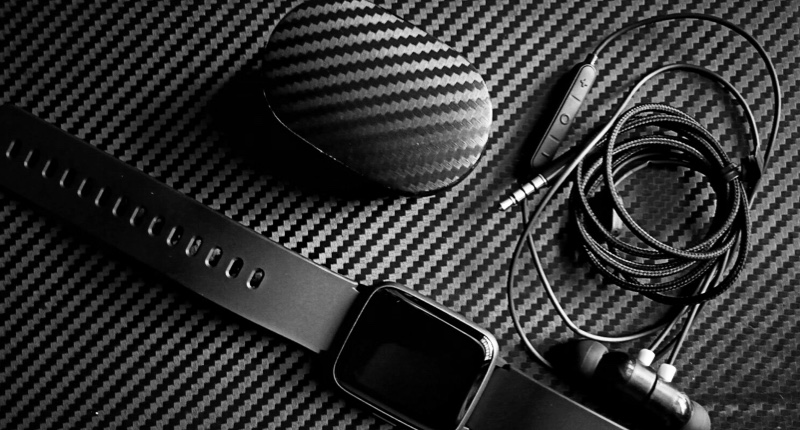Carbon Fiber in Cars: Strength & Lightweighting - Supreem Carbon
- Why Carbon Fiber is Used in Cars? A Deep Dive into Automotive Applications
- What makes carbon fiber so special for car manufacturing?
- Is carbon fiber more expensive than steel?
- What are the benefits of using carbon fiber in car bodies?
- Where in a car is carbon fiber typically used?
- How is carbon fiber manufactured for automotive use?
- What are the disadvantages of using carbon fiber in cars?
- What is the future of carbon fiber in the automotive industry?
Why Carbon Fiber is Used in Cars? A Deep Dive into Automotive Applications
This blog post explores the reasons behind the increasing use of carbon fiber in the automotive industry, answering questions frequently asked by car enthusiasts and industry professionals.
What makes carbon fiber so special for car manufacturing?
Carbon fiber's unique properties make it ideal for automotive applications. It boasts an incredibly high strength-to-weight ratio, meaning it's significantly stronger than steel but much lighter. This is crucial in car manufacturing, where reducing weight directly translates to improved fuel efficiency, enhanced performance, and better handling. Lighter cars require less energy to accelerate and brake, leading to a lower carbon footprint.
Is carbon fiber more expensive than steel?
Yes, carbon fiber is significantly more expensive than steel. The manufacturing process is complex and resource-intensive, involving the layering and curing of carbon fiber sheets in a resin matrix. This higher cost is often a limiting factor, especially for mass-market vehicles. However, the advancements in manufacturing techniques are continuously driving down the price, making it increasingly accessible.
What are the benefits of using carbon fiber in car bodies?
The benefits extend beyond weight reduction. Carbon fiber's high stiffness contributes to improved vehicle handling and a more responsive driving experience. It also offers superior crash protection, absorbing impact energy more effectively than steel, which enhances passenger safety. This is particularly crucial in high-performance vehicles where these benefits are highly valued.
Where in a car is carbon fiber typically used?
Initially, carbon fiber was primarily used in high-performance vehicles for components such as body panels, chassis parts, and drive shafts. However, its application is expanding to mainstream models. You'll find carbon fiber in various parts, including:
* Chassis components: Reinforcing the chassis with carbon fiber improves torsional rigidity and handling.
* Body panels: Replacing steel or aluminum with carbon fiber reduces overall weight, contributing to improved fuel economy.
* Interior parts: Dashboards, door panels, and other interior components can be made lighter and more durable with carbon fiber.
* Drive shafts: Carbon fiber drive shafts offer a higher strength-to-weight ratio compared to steel, contributing to improved acceleration and responsiveness.
How is carbon fiber manufactured for automotive use?
The manufacturing process is sophisticated and involves several steps:
1. Fiber production: Carbon fibers are produced by heating and stretching polyacrylonitrile (PAN) fibers to very high temperatures.
2. Prepreg production: The fibers are then impregnated with a resin, creating a prepreg material.
3. Layup: Layers of prepreg are arranged according to the desired shape and stiffness.
4. Curing: The layered prepreg is heated and cured in an autoclave, hardening the resin and bonding the fibers together.
What are the disadvantages of using carbon fiber in cars?
Despite its advantages, carbon fiber has some drawbacks:
* High cost: As mentioned earlier, its manufacturing process is expensive.
* Repair complexity: Repairing carbon fiber damage is more complex and costly compared to steel.
* Manufacturing complexity: The intricate manufacturing process requires specialized equipment and expertise.
What is the future of carbon fiber in the automotive industry?
The future looks bright for carbon fiber in automotive applications. Continued advancements in manufacturing technologies and decreasing costs are making it more accessible for wider use. We can anticipate seeing more mainstream vehicles incorporating carbon fiber components, further improving fuel efficiency, performance, and safety. Supreem Carbon is at the forefront of this innovation, providing high-quality carbon fiber solutions for the automotive industry.
Carbon Fibre Custom Made Parts for Your Project Car | Supreem Carbon Google Page
3D Carbon Fiber Wrap: Transform Your Car | Supreem Carbon
Supreem Carbon Best professional carbon fiber bonnet wrap manufacturers and supplier brands
Custom carbon fiber distributors Manufacturers and suppliers
For Customized Service
How long does the customized products order take?
This depends on the complexity and mold production cycle of the product. The first sample will be ready in 2-3 weeks after mold finished.
What custom customer need to prepare?
1. Send Your Design/Idea/3D drawing.
2. Supplier Quotation Confirmation.
3. Firts Sample Feedback.
For Facotry
Can I visit your company?
Of course, we are in QiaoTou Town, Dongguan City, Guangdong Province, China.
For Order Delivery
What is the shipping time for the different ways?
Express delivery 5-7 days.
20-25 days by sea.
15 days by air.
For Products
How can I get some sample?
Actually we dont provide the free sample to customer, you can place a sample order if need some parts.

Yamaha R1 Carbon Fiber Side Fairings
Introducing the Supreem Carbon Fiber Long Side Panels for Yamaha R1. Crafted with precision and expertise, this front side fairing is designed to elevate the performance and aesthetics of your R1. Made from high-quality carbon fiber, this fairing is not only lightweight but also incredibly durable, providing optimal protection for your motorcycle.

Yamaha R1 Carbon Fiber Airbox Tank Cover
The Supreem Carbon Yamaha R1 Carbon Fiber Airbox Tank Cover provides lightweight, durable protection with a sleek finish. Designed for R1 models, it enhances the style and performance of your bike. Its lightweight structure improves performance while maintaining the premium aesthetics necessary for high-end modification projects. As a dedicated manufacturer of carbon fiber parts, we provide stable production capacity, customization options, and strict quality control to support enterprise-level procurement and OEM/ODM needs.

Carbon Fiber Rear Seat Panel for BMW S1000R & M1000RR – Lightweight Performance
This carbon fiber rear seat panel is engineered for the BMW S1000R and M1000RR, offering superior rigidity, reduced weight, and a premium racing finish. Produced with autoclave technology and strict QC standards, the part ensures consistent OEM-level fitment. Supreem Carbon provides wholesale supply, stable bulk production, and customized solutions for global clients.

High-Performance Carbon Fiber Rear Undertail for BMW S1000R
Engineered for distributors, tuning brands, and motorcycle accessory businesses, the BMW S1000R Carbon Fiber Rear Undertail is a high-quality, durable, lightweight carbon fiber upgrade for the S1000R platform. This component is manufactured using aerospace-grade carbon fiber and precision molds to deliver superior stiffness, a seamless OEM-level fit, and a premium visual finish suitable for high-end aftermarket applications.
© 2024 Supreem Carbon All Rights Reserved.





Facebook
Pinterest
LinkedIn
Instagram